Grape Variety
Pinot-Blanc
"pee-noh blahnk"
Wine Styles
 Sparkling
Sparkling Light White
Light White Full White
Full White Aromatic
Aromatic Rosé
Rosé Light Red
Light Red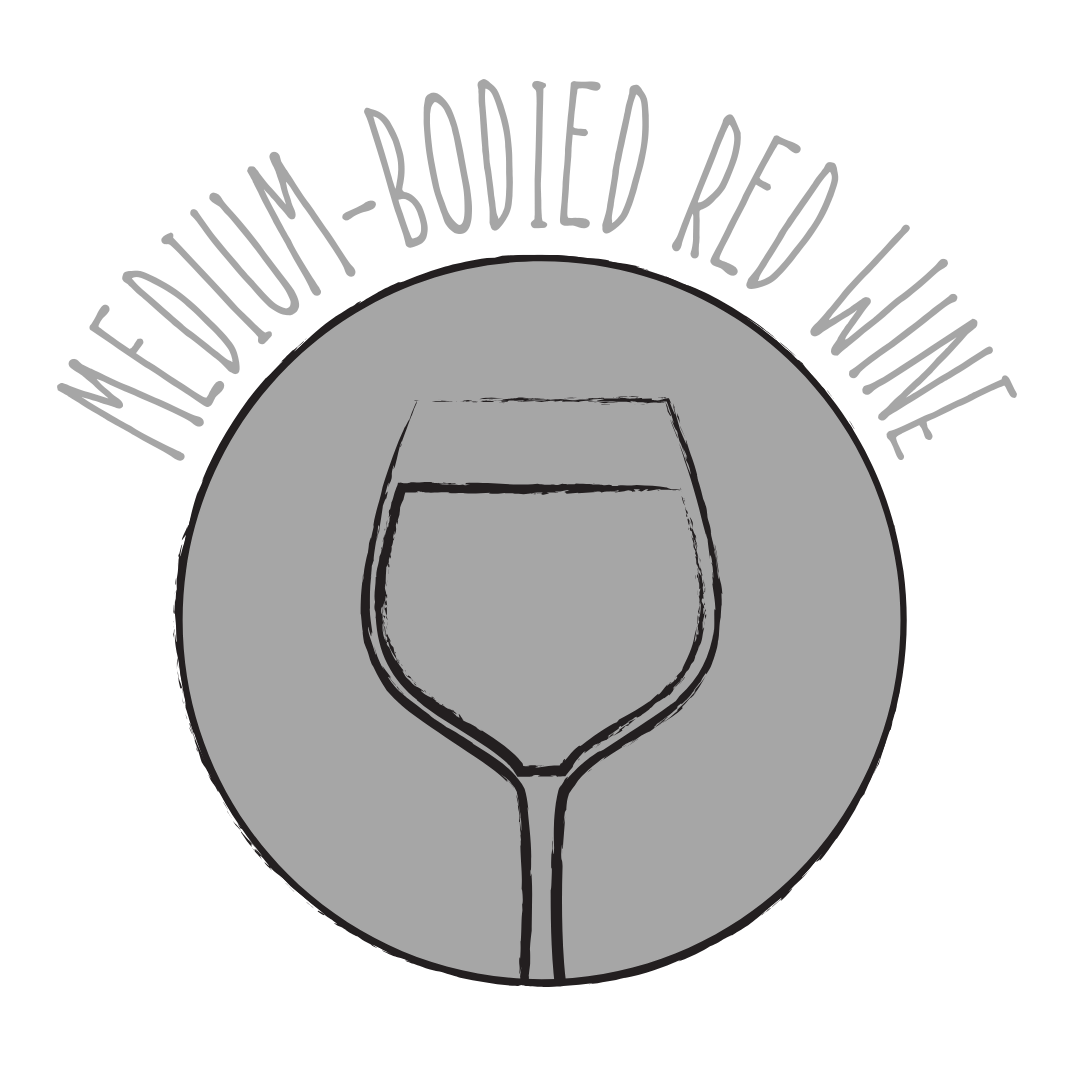 Medium Red
Medium Red Full Red
Full Red Dessert
DessertAbout Pinot-Blanc
Origin
Burgundy, France
History
Pinot Blanc is a white-berried mutation of the Pinot Noir grape, part of the extensive Pinot family originating from Burgundy, France. Historically, it was used both in Burgundy and Champagne. Today, it is widely cultivated in Alsace, where it is often blended with Auxerrois, and in other regions such as Italy's Alto Adige (Pinot Bianco) and Germany (Weißburgunder). The grape is known for its versatility, producing still, sparkling, and even dessert wines.
Appearance
Small to medium-sized, pale yellow berries with compact bunches.
Growing Traits
Pinot Blanc thrives in well-drained soils and has a slightly shorter ripening cycle compared to some other varieties. It is adaptable to various climates but is particularly suited to continental climates, showing good resistance to cold. The grape's relatively low acidity compared to other white varieties contributes to the roundness of flavor in the wines it produces.
Wine Characteristics
Body
2/5
Sweetness
1/5
Tannin
1/5
Acidity
3/5
Alcohol
2/5
Light to medium-bodied with a balanced and approachable profile, offering subtle complexity. Typically vinified dry, though some off-dry and sparkling versions exist. As a white grape variety, Pinot Blanc has negligible tannin levels, resulting in a smooth mouthfeel. Medium acidity, providing freshness and enhancing its food-pairing versatility. Moderate alcohol content, generally around 12-13%, contributing to its balanced character.
Taste Profile
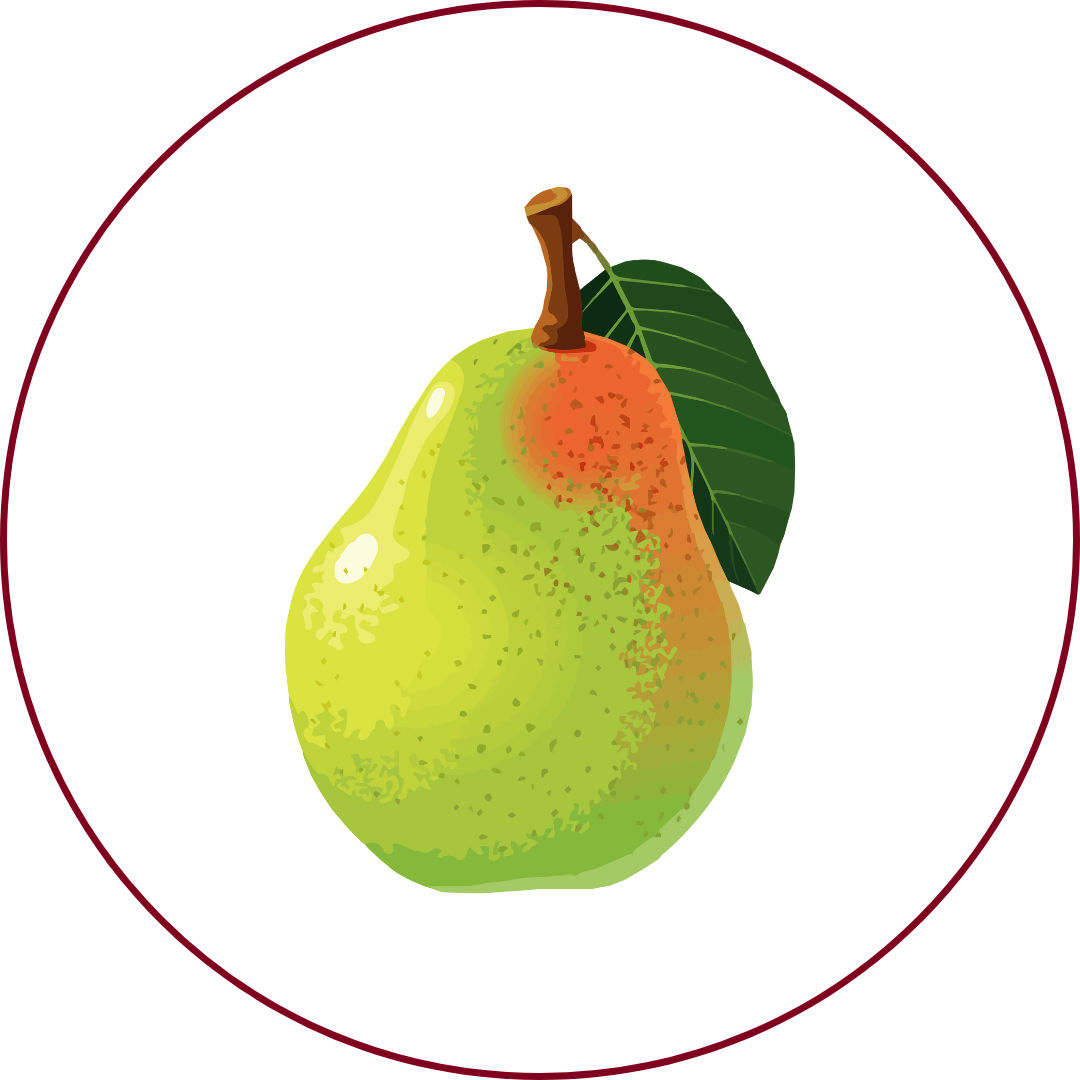
Pear

Green apple
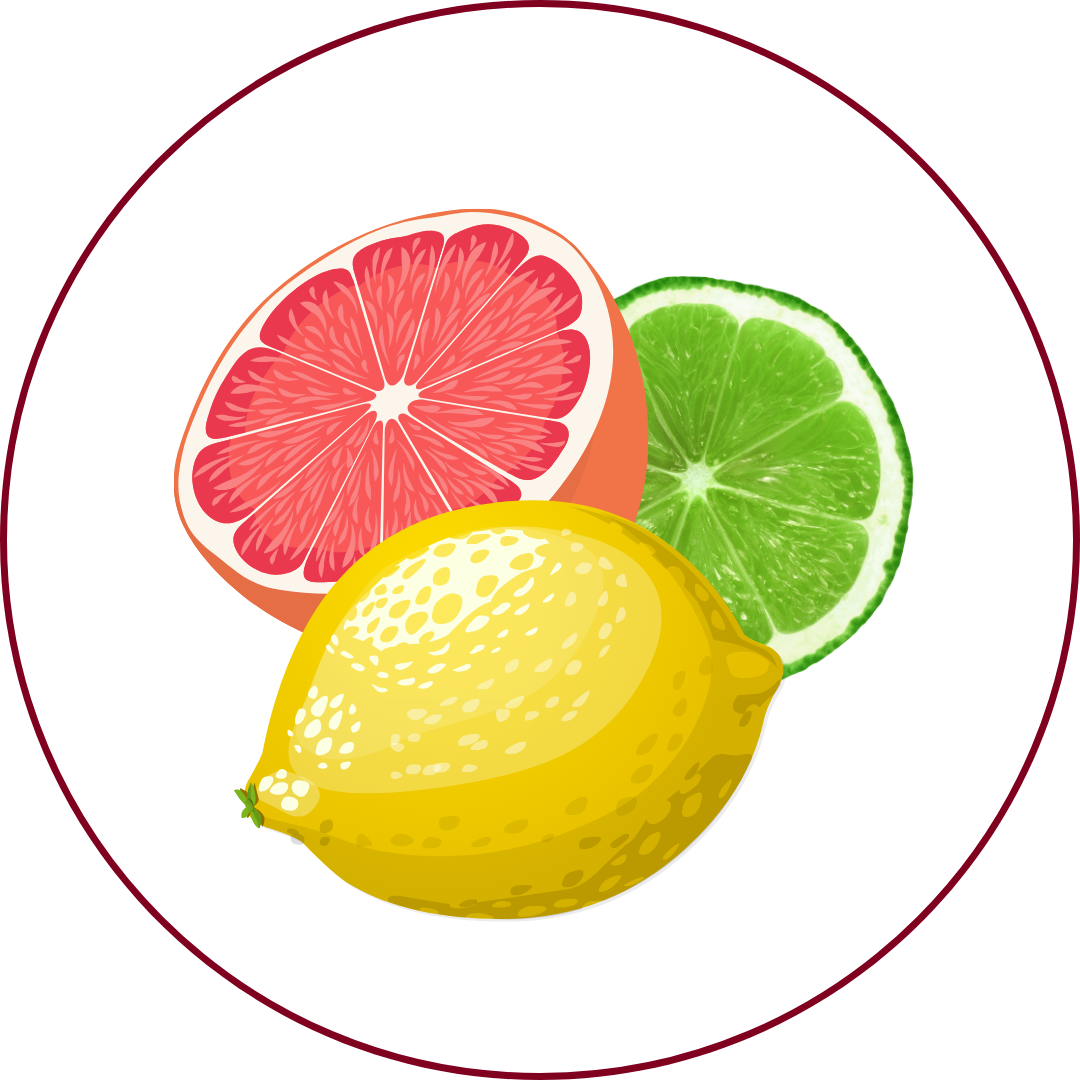
Citrus
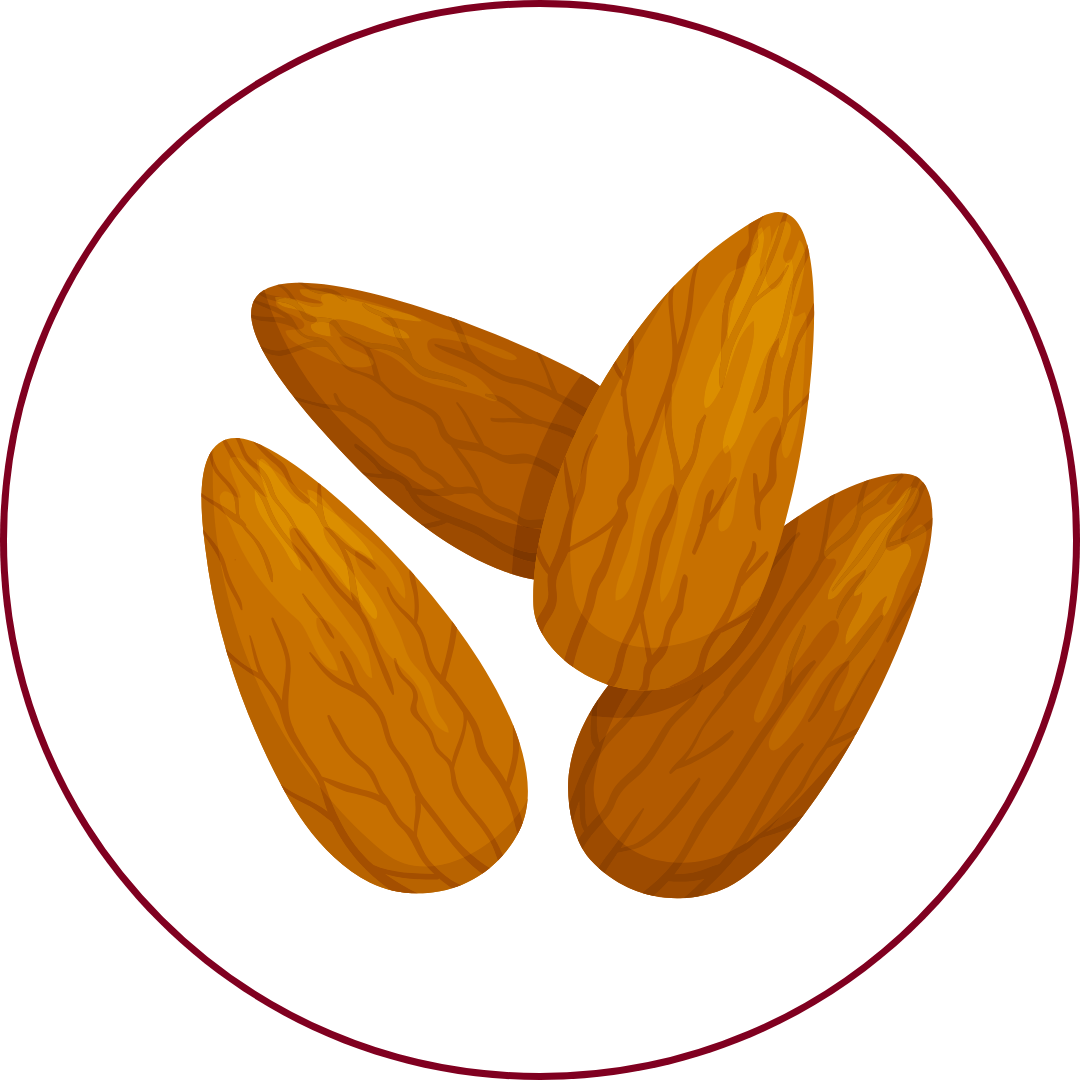
Almond
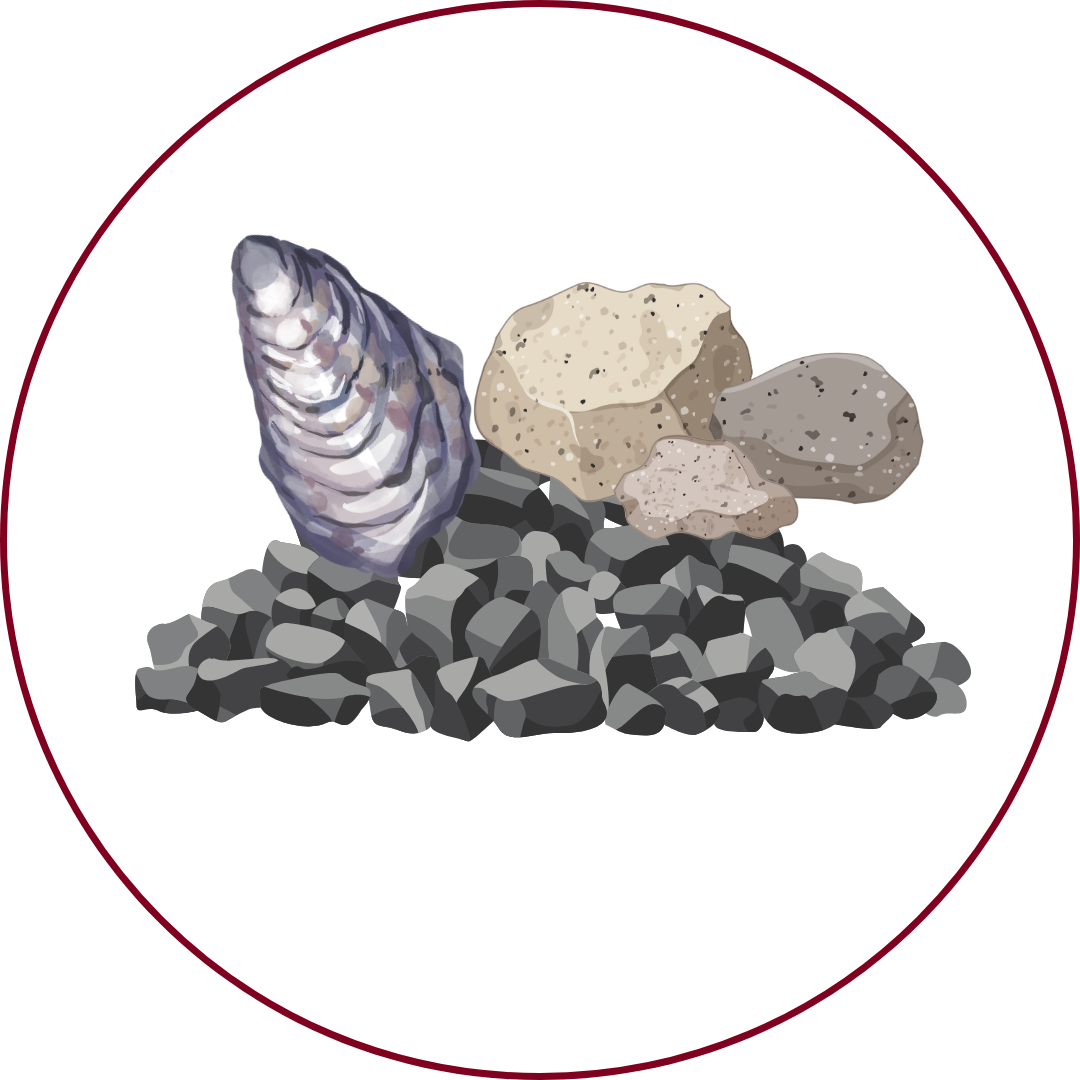
Mineral
Pinot Blanc wines often display aromas of apple, pear, and almond, with a refreshing acidity and mineral undertones. The palate is typically dry, with flavors of ripe orchard fruits and a touch of spice, leading to a harmonious and lingering finish.
Food Pairing
Pinot Blanc's balanced acidity and subtle fruit flavors make it a versatile companion for various dishes. It pairs well with roast chicken, seafood, soft cheeses, and salads with cream dressings. Its refreshing profile complements flaky fish and can also be enjoyed with light appetizers or as an aperitif.
Growing Regions

France
AlsaceBurgundyChampagne

Italy
Alto AdigeFriuli-Venezia Giulia

Germany
BadenPfalz

United States
CaliforniaOregon
Notable Wines & Producers
Pinot Blanc
Domaine Zind-Humbrecht (Alsace)
Alois Lageder (Alto Adige)
Weingut Rebholz (Pfalz)
Crémant d’Alsace
Domaine Meyer-Fonné
Domaine Marcel Deiss
Pinot-Blanc FAQ
Common questions about this grape variety
What is the origin of Pinot-Blanc?
+
Burgundy, France
Is Pinot-Blanc wine full bodied?
+
Pinot-Blanc has a body level of 2 out of 5. Which means that Pinot-Blanc is Moderate to Light bodied.
Is Pinot-Blanc wine dry or sweet?
+
Pinot-Blanc has a dryness level of 1 out of 5. Which means that Pinot-Blanc is Dry.
Where is Pinot-Blanc wine from?
+
Burgundy, France
Where is Pinot-Blanc grown?
+
Pinot-Blanc is grown in France (Alsace, Burgundy, Champagne)Italy (Alto Adige, Friuli-Venezia Giulia)Germany (Baden, Pfalz)United States (California, Oregon).
What is Pinot-Blanc like?
+
Pinot Blanc wines often display aromas of apple, pear, and almond, with a refreshing acidity and mineral undertones. The palate is typically dry, with flavors of ripe orchard fruits and a touch of spice, leading to a harmonious and lingering finish.
What does Pinot-Blanc pair with?
+
Pinot Blanc's balanced acidity and subtle fruit flavors make it a versatile companion for various dishes. It pairs well with roast chicken, seafood, soft cheeses, and salads with cream dressings. Its refreshing profile complements flaky fish and can also be enjoyed with light appetizers or as an aperitif.
What does Pinot-Blanc taste like?
+
Pinot Blanc wines often display aromas of apple, pear, and almond, with a refreshing acidity and mineral undertones. The palate is typically dry, with flavors of ripe orchard fruits and a touch of spice, leading to a harmonious and lingering finish.
Take Pinot-Blanc Knowledge with You
Access detailed grape profiles, tasting notes, and pairing suggestions on your iPhone.
Download on theApp Store